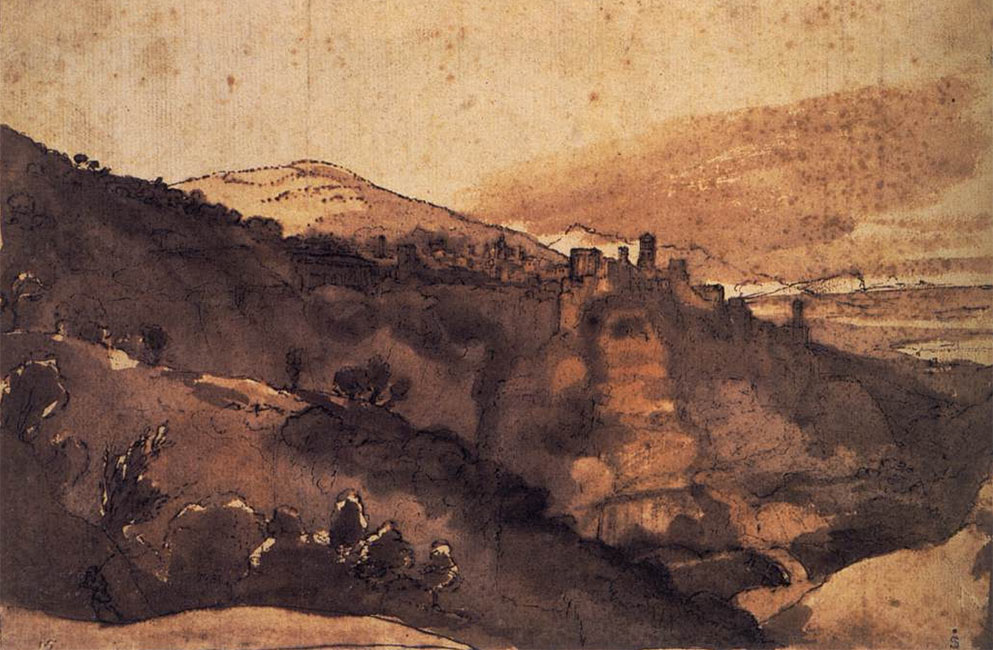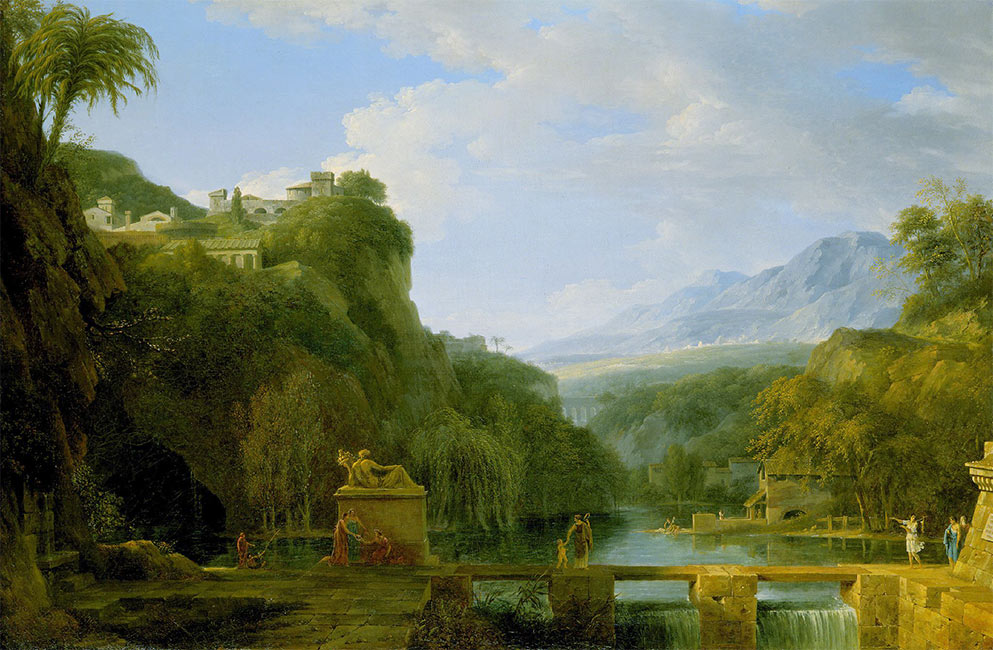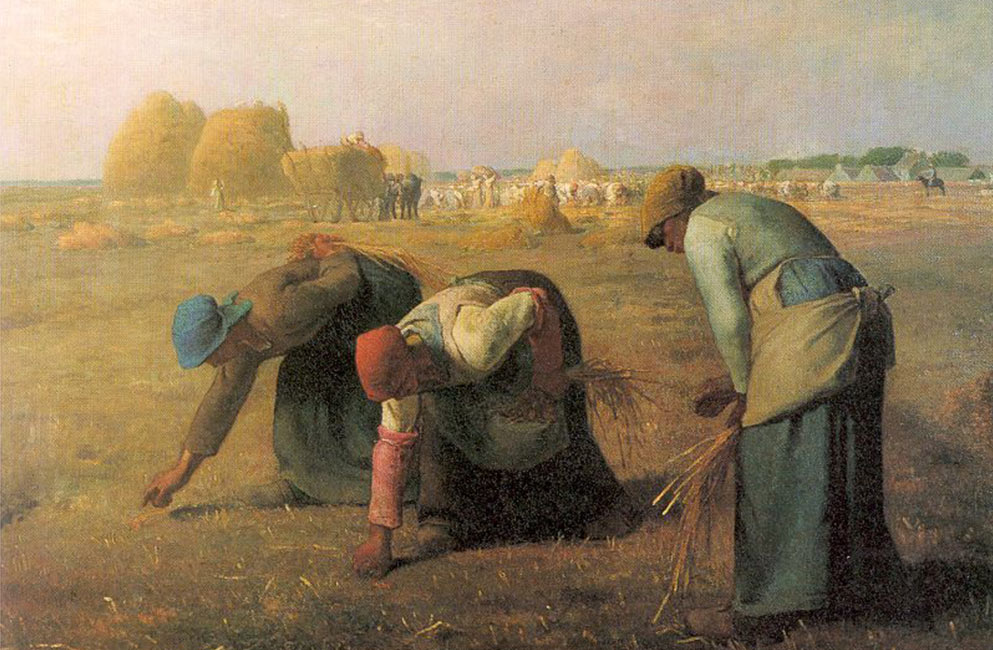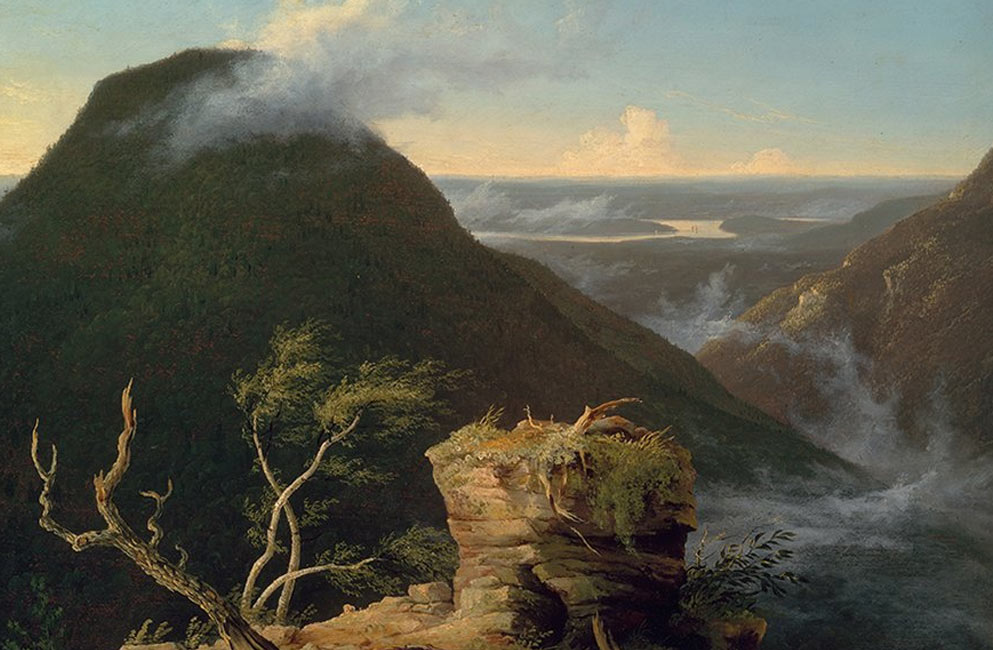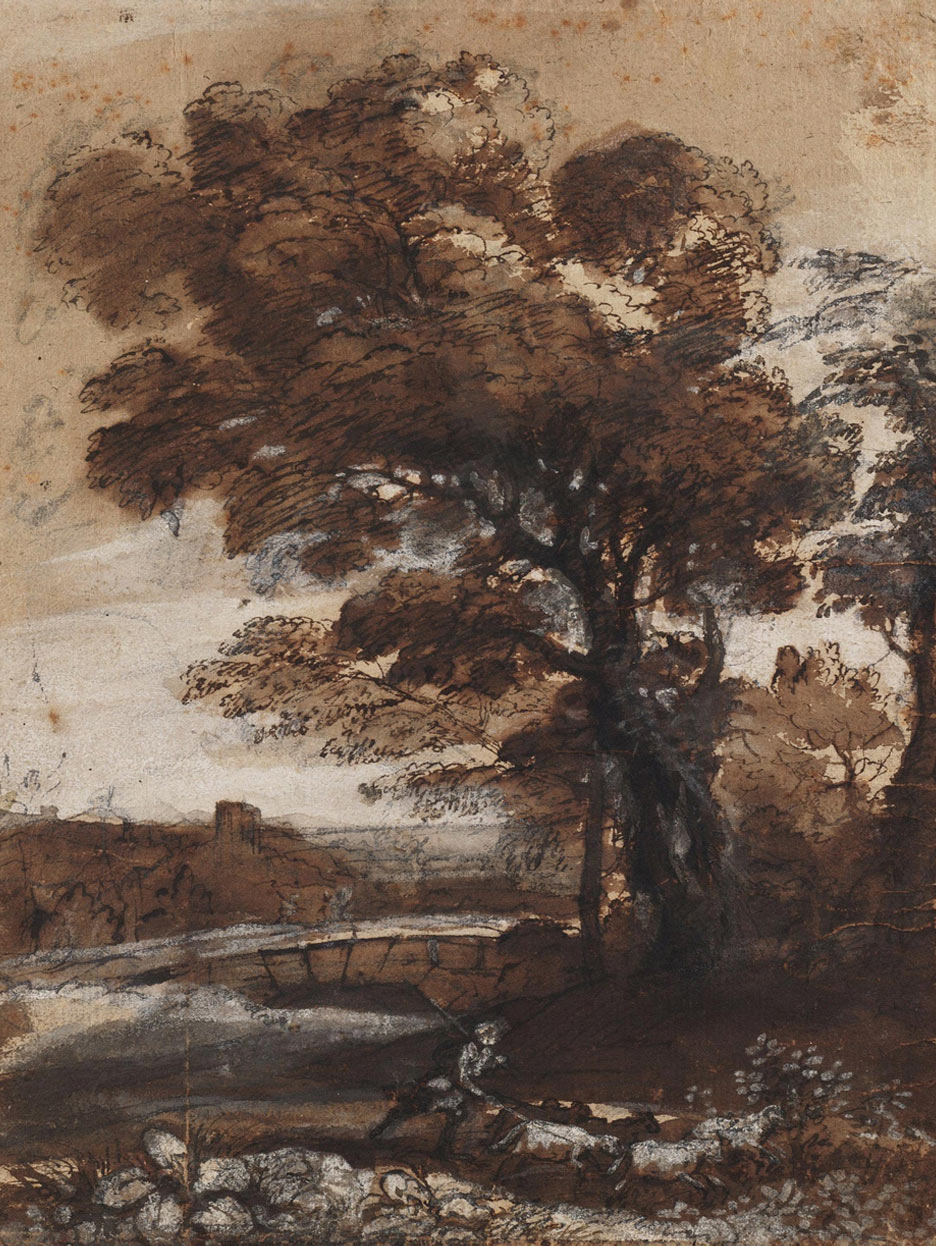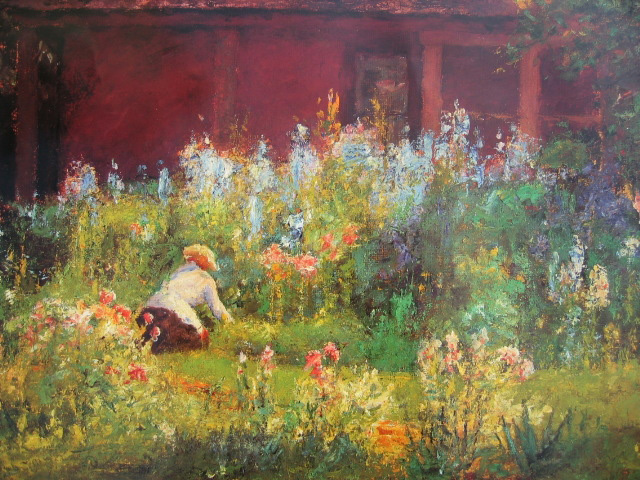The History of Plein Air Painting
It is believed that painters have painted in nature since the beginning of painting itself. Though there is no exact documentation, artists have portrayed the landscape for hundreds of years. Clearly, some landscape drawings were turned into paintings, and many believe the artists could not have represented the scenes so accurately without having done some painting on location. Rembrandt van Rijn (1606-1669), Leonardo DaVinci (1452-1519), and others are thought to have done some painting from the landscape, though that is only a theory.
The first documented outdoor painters are Italian artist Agostino Tassi (1578-1644), who taught artist Claude Lorrain (1600-1682), who is known to many as the father of outdoor painting. His paintings are directly from nature’s survival. Italian artist Salvato Rosa (1615-1673) and French artist Nicolas Poussin (1594-1665) also painted with Lorrain.
It was in the next century that the landscape itself became an accepted subject for artists, led by Pierre-Henri de Valenciennes (1750-1819) in France and John Constable (1776-1837) in England. Both artists were passionate about encouraging their students to go outside to draw and paint. Valenciennes, who was an instructor at the École des Beaux-Arts, the leading art school in Paris, urged his students to get experience painting directly from nature. These two artists, their students, and others went outside, working quickly against the changing light and rapidly moving clouds.
When possible, an entire oil “study” was completed outside; on other occasions, there was only enough time for chalk or graphite drawings to be done for an oil painting that would be completed later in the studio. They worked on paper, wood panels, and canvas. A study, often called an etude, is a rapid painting done on location to capture the essence of a scene, it’s the colors and mood. Painters often took these studies into the studio as a reference to make larger, more detailed studio paintings.
Painters realized that they could more accurately represent the colors and the light by painting in nature. Though painting outdoors took considerably more effort, the results were worth the trouble, as they found paintings done on location came alive.
The painters known as the Barbizon School painted scenes of everyday life and farmers in the fields of Barbizon, France, from 1830 to 1870. Artists such as Theodore Rousseau (1812-1867 ), John Francois Millet (1814-1875), and Charles Frances Daubigny (1817-1878) began the Barbizon movement, which was later embraced by others like Jules Dupre (1811-1889) and Jean-Baptiste-Camille Corot (1796-1875).
British-born Thomas Cole (1801-1848) moved to Steubenville, Ohio, with his family in 1818 and began learning portrait painting from a painter by the name of Stein. Later Cole moved to Pittsburgh and then to Philadelphia, where he attended the Pennsylvania Academy of Fine Arts. He later moved to New York and became a noted landscape painter. He was the founder of the Hudson River School of painters, which was not an actual school, but a group of artists. Cole was later joined by Asher B. Durand (1796-1886), who traveled with him to the Adirondack Mountains of New York and other wilderness areas.
A second generation of the Hudson River School started after Cole’s death and included Cole’s star student Frederic Edwin Church (1826-1900), plus John Frederick Kensett (1816-1872 ), Sanford Robinson Gifford (1823-1880), Albert Bierstadt (1830-1902), and Homer Dodge Martin (1836-1897). These men went on location to paint the landscape in plein air.
Following the Barbizon movement, the biggest painting revolution of all time took place.
In the early 1860s, four young painters met in art school and discovered that they shared an interest in painting landscapes and contemporary life. They often ventured into the countryside together to paint in the open air, but not for the purpose of making sketches to be developed into carefully finished works in the studio, as was customary at the time. They painted finished works on location. These young rebels became legends: Claude Monet (1840-1926), Pierre-Auguste Renoir (1841-1919), Alfred Sisley (1839-1899), and Frédéric Bazille (1841-1870) discovered that by painting in sunlight, directly from nature, and making bold use of the vivid synthetic pigments that had recently been invented, they could develop a lighter and brighter style of painting than the Barbizon painters.
At that time in Paris, an artist was not accepted into society or considered important unless his work was juried into an annual show of artworks called the Salon de Paris. Yet these young painters and their radical approaches were rejected by the Salon, so on April 15, at 35 boulevard des Capucines in Paris, Monet and friends Renoir, Camille Pissarro, and Sisley organized a month-long show of their paintings.
During the show, Monet exhibited a painting called Impression — Sunrise. Art critic Louis Leroy (1812-1885) reviewed the show in a local satirical newspaper on April 25, 1874, where he referred to the work of Monet and friends as impressionism. He intended the term to be derogatory, but the designation stuck and the group became known as the Impressionists.
As a result of that article mocking the painters, an estimated 3,500 people came to the small show — also intending to mock the painters. But many ended up embracing the artworks, some of which were sold to those in attendance. The Impressionists’ style, with its loose, spontaneous brushstrokes, would soon become synonymous with modern life.
That began successful careers for the Impressionist artists. Monet became wealthy from his painting and later built a home in Giverny, France, where he planted his now-famous gardens and the water lilies that became the subject of many of his paintings.
During this time in France it was rare for women to attend art schools or become painters, though there were some trailblazers, including American Mary Cassatt (1844-1926), Berthe Morisot (1841-1895), Eva Gonzalès (1849-1883) — who was the only pupil Manet ever took — and Marie Bracquemond (1840–1916).
In 1852, Theodore Robinson (1852-1896) was the first American artist to visit Monet’s garden, where the men became great friends and painted together. Robinson moved into the home next door, where he stayed for 10 years. Upon his return to America, he heavily influenced the American Impressionist movement.
Impressionism and plein air painting spread across America, and art colonies developed in places like Cos Cob and Old Lyme, Connecticut; Taos, New Mexico; Laguna Beach and Carmel-by-the-Sea California; New Hope, Pennsylvania; and Brown County in Indiana.
Notable American impressionists include Dennis Miller Bunker, Mary Cassatt, who lived and studied in France, William Merritt Chase, Alson S. Clark, Frank DuMond, Childe Hassam, Joseph Kleitsch, Willard Metcalf, William McGregor Paxton, Edgar Alwin Payne, Edward Henry Potthast, Edward Willis Redfield, Guy Rose, John Singer Sargent, T.C. Steele, John Henry Twachtman, J. Alden Weir, and numerous others.
Students of these women and men continued to paint and spread plein air painting further. Though the practice of plein air painting has never stopped, it seemed to die down for several decades and then began a resurgence, mostly in California, in the 1980s. Today the movement is unstoppable; it has become “the new golf” as tens of thousands have taken up plein air painting across the world.

